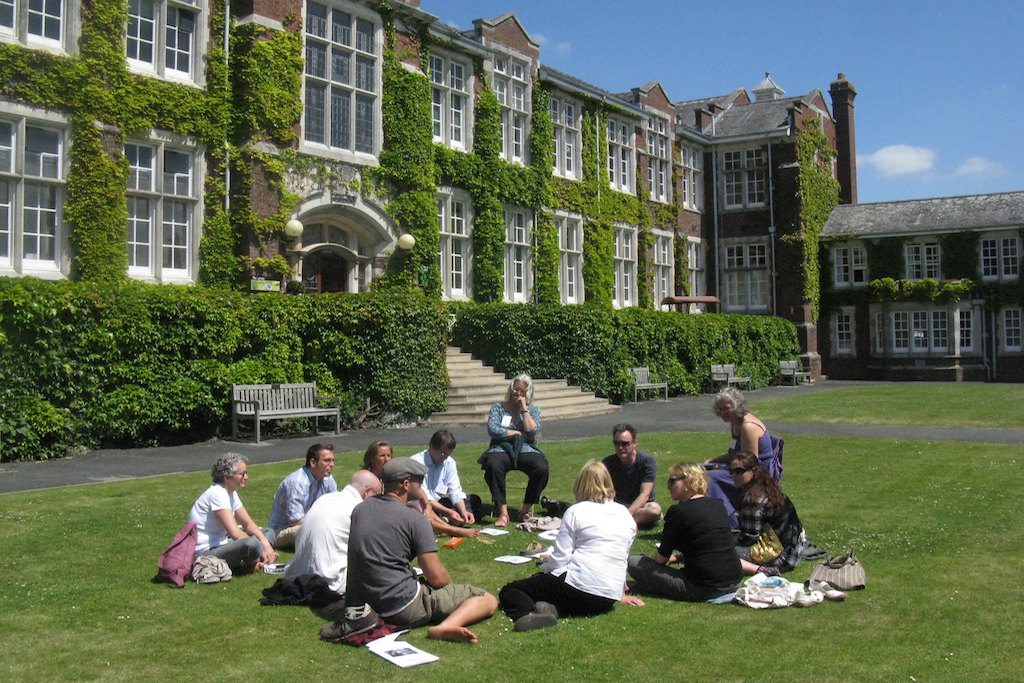Skift Take
Planners are starting to embrace their role in addressing climate change — and are moving beyond just surface efforts to preserve the environment and local communities. This trend is an important one, and hopefully continues to pick up speed.
With severe weather events becoming more common, and millennials and Generation Z having more of an influence on corporate travel and events, companies have realized that sustainability efforts need to be less about optics and more about real change.
The good news is: It looks like real change is starting to happen, albeit very slowly. Meeting planners have a large role to play in promoting environmental health, as they are responsible for choosing the venue and often location for events, as well as organizing activities. Many are rising to the occasion, coming up with creative and meaningful ways to not only reduce waste but also to reduce widespread overtourism and foster community efforts.
“Meeting planners in so many ways support what a corporation’s image is all about,” said Catharine Chaulet, CEO of Global DMC Partners, a network of destination marketing companies. “And corporations and CEOs today are extremely concerned about the environment and have it top of mind because it has dramatic bottom line effect for them.”
The bottom line effect is not just about appealing to clients, who may choose not to work with organizations that ignore environmental concerns. Companies themselves are being impacted by changes in the environment, as storms and extreme weather affect their properties.
Skift has documented this sustainability trend before. Planners have long prioritized cutting down on plastic and paper at events and reducing the massive food waste that has plagued the industry. But now, organizers are drilling down further into unique solutions, as corporations give them increasing freedom to do so, according to Chaulet.
Venue choice is one way planners have a meaningful impact on climate change. Increasingly, meeting organizers are thoroughly vetting a venue to make sure it does not just say it is sustainable, but that its initiatives have a positive impact on the environment and local community.
“We are seeing a lot of meeting planners making sure that they select venues and hotels that have sustainability as top of mind, and can measure it, and report it to their corporations,” Chaulet said. “It’s not just what a venue does, but it’s also how it reports on what it does. It’s about whether it can actually prove with numbers that it’s making a difference.”
Digging deeper, planners are also examining the role they play in overtourism, as choosing a venue also means choosing a location. In many cases, planners have a large say in what city an event is held in, giving them power to decrease the effects of overtourism, which may harm both the environment and the local community.
Instead of choosing cities like San Francisco or Paris, which have been negatively impacted due to the mass amount of tourists they receive on a regular basis, planners are often choosing smaller, less popular cities. These are cities that may actually benefit from an influx of visitors, aiding the local economy.
“A lot of groups and a lot of corporations have typically wanted to hold events in these go-to destinations,” Chaulet said. “And then they fall into a bad situation where there are so many lines. Or there may even be a strike as locals react to overtourism.”
Picking a more sustainable location may mean talking to a third-party organization, such as a travel agency, to find out better options as to where to hold an event. In many cases, it can be hard for planners to find out this information on their own.
Interactive Sustainability
When it comes to activities, planners are increasingly choosing ones which get attendees directly involved in sustainability efforts, as they strive to appeal to millennials and Generation Z, according to Chaulet.
“Millennials and Generation Z are well-known to be quite independent in their way of thinking and not liking to do the usual ‘Let’s visit a city in a bus and sight-see.’ That absolutely doesn’t attract them,” Chaulet said. “But what works, for example, is organizing activities around farming your own vegetables, learning about the local economy, and then eating the foods you harvested or planted during this conference, so that you really have the full experience.”
This is a significant change from the typical kind of event activity, which may involve the local destination, but in a way that is focused on pleasure rather than making a difference. It has become a necessity, however, as companies struggle to engage younger generations.
“We’re seeing a lot of team-building group activities around protection of animals that are really great,” Chaulet added. “These kinds of activities are having a lot of success right now.”
Have a confidential tip for Skift? Get in touch
Tags: climate change, meetings, meetingsiq, sustainability
Photo credit: Attendees sit outside during an event at a former agricultural college in Devon, England. Increasingly, meeting planners are choosing sustainable locations and organizing activities focused on the environment. Transition Network / Flickr
